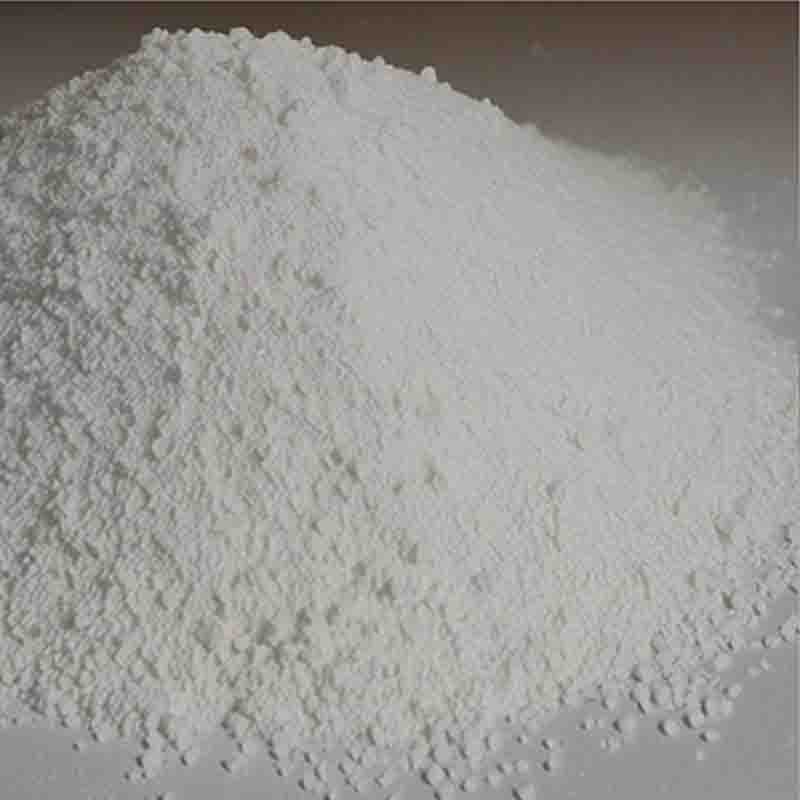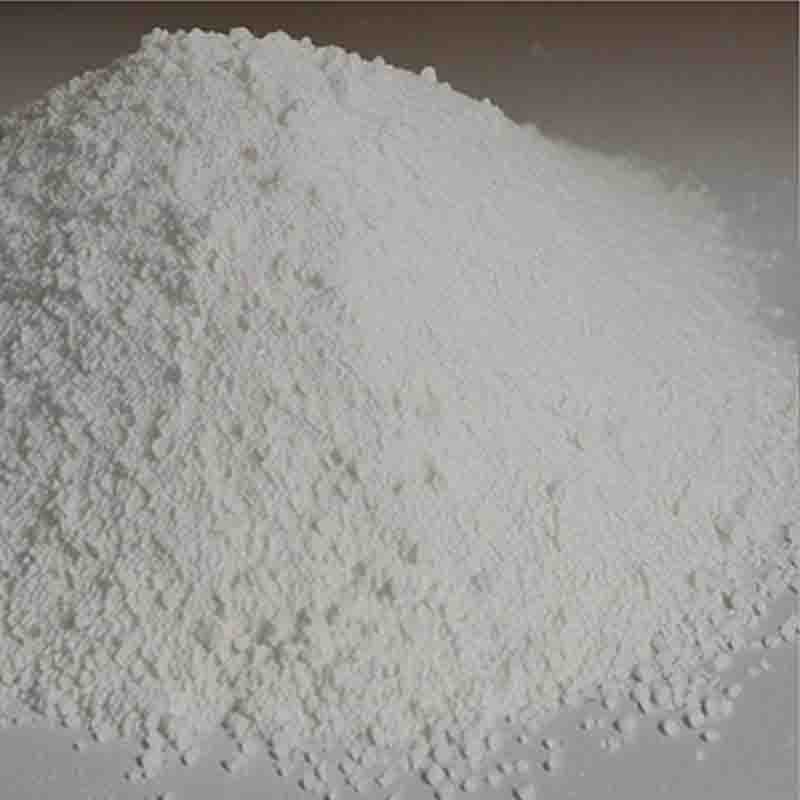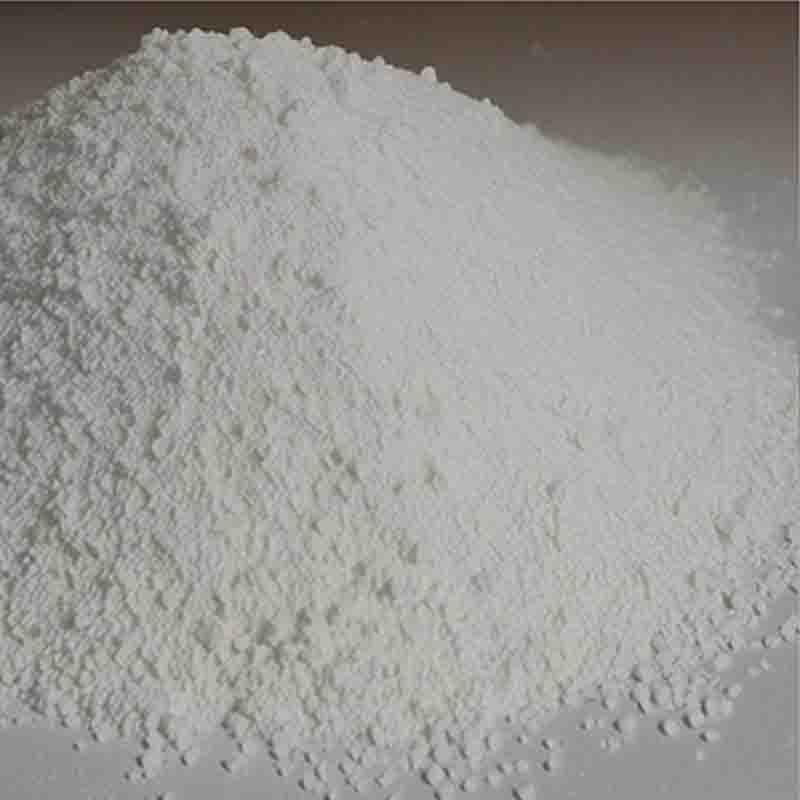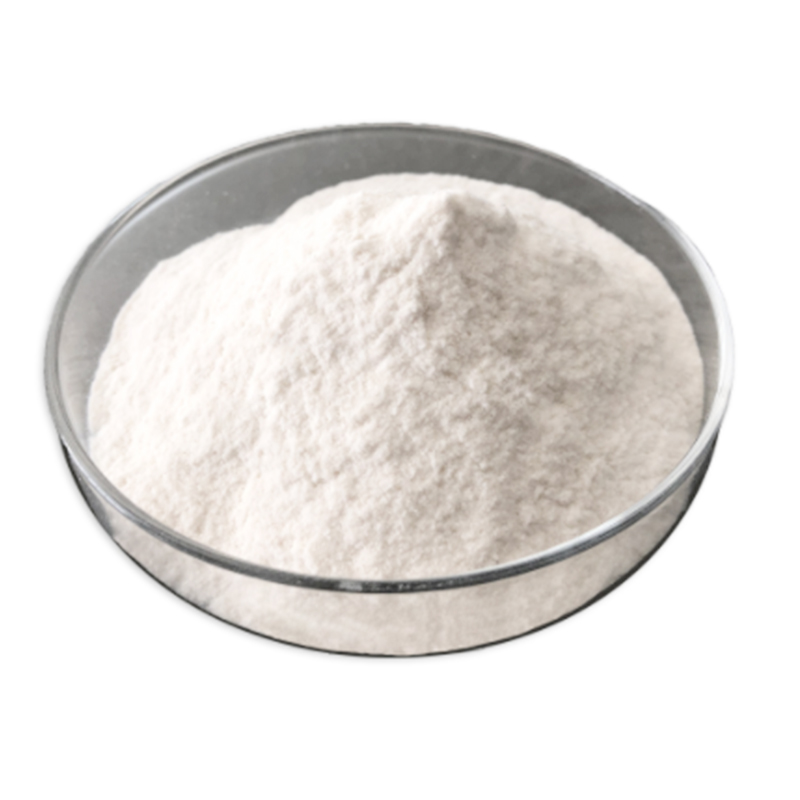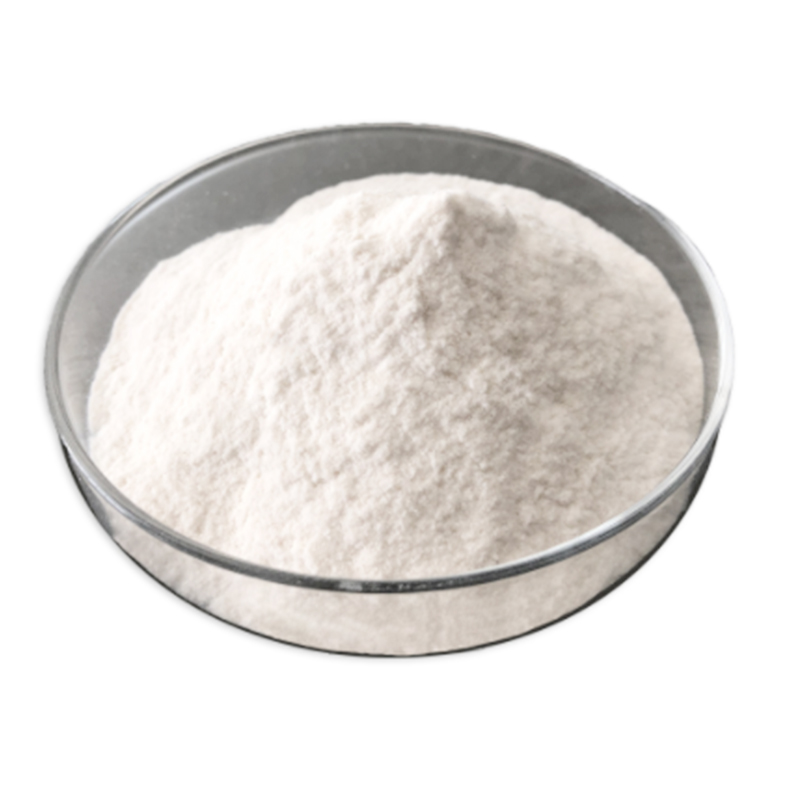HEPES CAS: 7365-45-9
| Catalog Number | XD95146 |
| Product Name | HEPES |
| CAS | 7365-45-9 |
| Molecular Formula | C8H18N2O4S |
| Molecular Weight | 238.3 |
| Storage Details | Ambient |
Product Specification
| Appearance | White powder |
| Assay | 99% min |
HEPES, also known as 4-(2-Hydroxyethyl)piperazine-1-ethanesulfonic acid, is a chemical compound with various applications in different fields, including biochemistry, cell culture, and molecular biology.
In biochemistry and molecular biology, HEPES is commonly used as a buffering agent. It can maintain a stable pH range, typically around pH 6.8 to 8.2, in biological and enzymatic reactions. HEPES has a pKa value close to physiological pH, making it suitable for maintaining the pH of cell culture media and biological assays. Its buffering capacity and stability make it useful for a wide range of applications, such as protein purification, enzyme assays, and nucleic acid manipulation.
Moreover, HEPES finds applications in cell culture. It can provide a suitable environment for the growth and maintenance of various cell lines. HEPES is often used as a component in cell culture media to maintain the pH and osmolarity of the medium, ensuring optimal cell growth and viability. Its ability to buffer against pH changes makes it particularly useful for sensitive cell lines or experiments that require precise pH control.
Furthermore, HEPES is utilized in the formulation of pharmaceuticals and cosmetics. It can act as a solubilizer or a stabilizer for active ingredients, enhancing their bioavailability or stability. HEPES can also be used as a pH adjuster or a preservative in these formulations, ensuring their efficacy and shelf life.
Additionally, HEPES can serve as a component in electrophoresis buffers. It can provide a consistent and controlled pH environment for the separation and analysis of proteins, nucleic acids, and other biomolecules. HEPES is commonly used in polyacrylamide gel electrophoresis (PAGE) and agarose gel electrophoresis, where the accurate determination of molecular weights or sizes is required.
In conclusion, HEPES has diverse applications in biochemistry, cell culture, and pharmaceuticals. Its role as a buffering agent, solubilizer, stabilizer, and pH adjuster makes it valuable in various industries. Further research and development are continually expanding the potential applications of HEPES in these fields.




